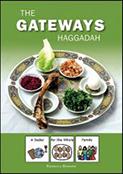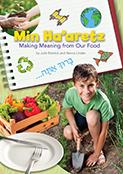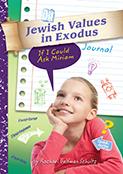- Home
- Play & Learn Home
- Online Enrichment
- Experience Modern Israel
- Israel It's Complicated
- Jewish and Me
- Jewish Holidays Jewish Values
- Jewish Values in Genesis and Jewish Values in Exodus
- Min Ha’aretz
- Our Place in the Universe
- Simply Seder
- The Prophets: Speaking Out for Justice
- Making T'filah Meaningful
- Make, Create, Celebrate
- Yom Haatzmaut Resources
- Hebrew Apps
- About The OLC
- What is the OLC?
- Introduction
- Get Started
- Resources
- OLC Content
- Parent Materials
- See My OLC Classes
- Store
Committed to Inclusion
Written by Behrman House Staff, 27 of January, 2016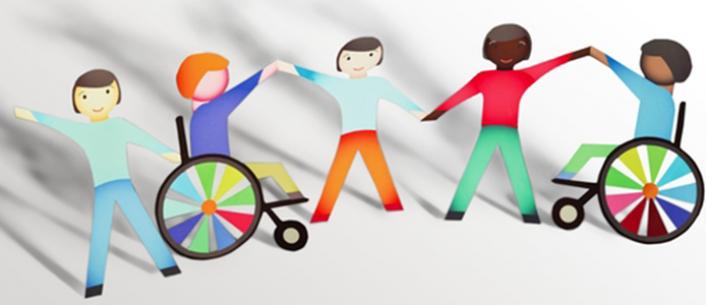
A recent article in eJewish Philanthropy described how many Jewish youth of color feel disconnected from the community and have experienced prejudice within our ranks, most notably at synagogue services.
This honest and disheartening story struck a chord at Behrman House, where we strive to ensure that all our educational materials for students and families mirror the world we live in. It’s clear that if we want the next generation—one that data suggests is increasingly diverse—to feel engaged in Jewish communal life, we need to ensure that they feel welcome.
“When students see themselves reflected in materials that educate them about Jewish life today, their learning becomes deeper and more enduring,” says David Behrman, publisher. “Children who are just beginning to learn about and form their Jewish identities need to see—visually—that they belong. We remain committed to creating learning tools that reaffirm their place in the Jewish community.”
We want children to feel comfortable in religious school, and in our small way, Behrman House can help with that by providing materials where they see themselves and their families. For example, all of our student books in recent years, as well as most of our picture books, feature images that foster inclusion in the Jewish community, such as photos of children of color or with physical disabilities, or that allow varying interpretations of family.
Out of the classroom, our family Gateways Haggadah and soon-to-be-released Gateways Shabbat were created expressly for families with special needs. In addition, Everyone is Welcome, a former URJ Press title that we are re-releasing this year, focuses on ways congregational schools can create a home for all students, regardless of their physical, emotional or intellectual challenges. Furthermore, we are careful to ensure that our materials depict men and women as rabbis and in leadership roles. Our images include both boys and girls on the bimah reading Torah and wearing tallit. We use gender-neutral language, especially when referring to God.
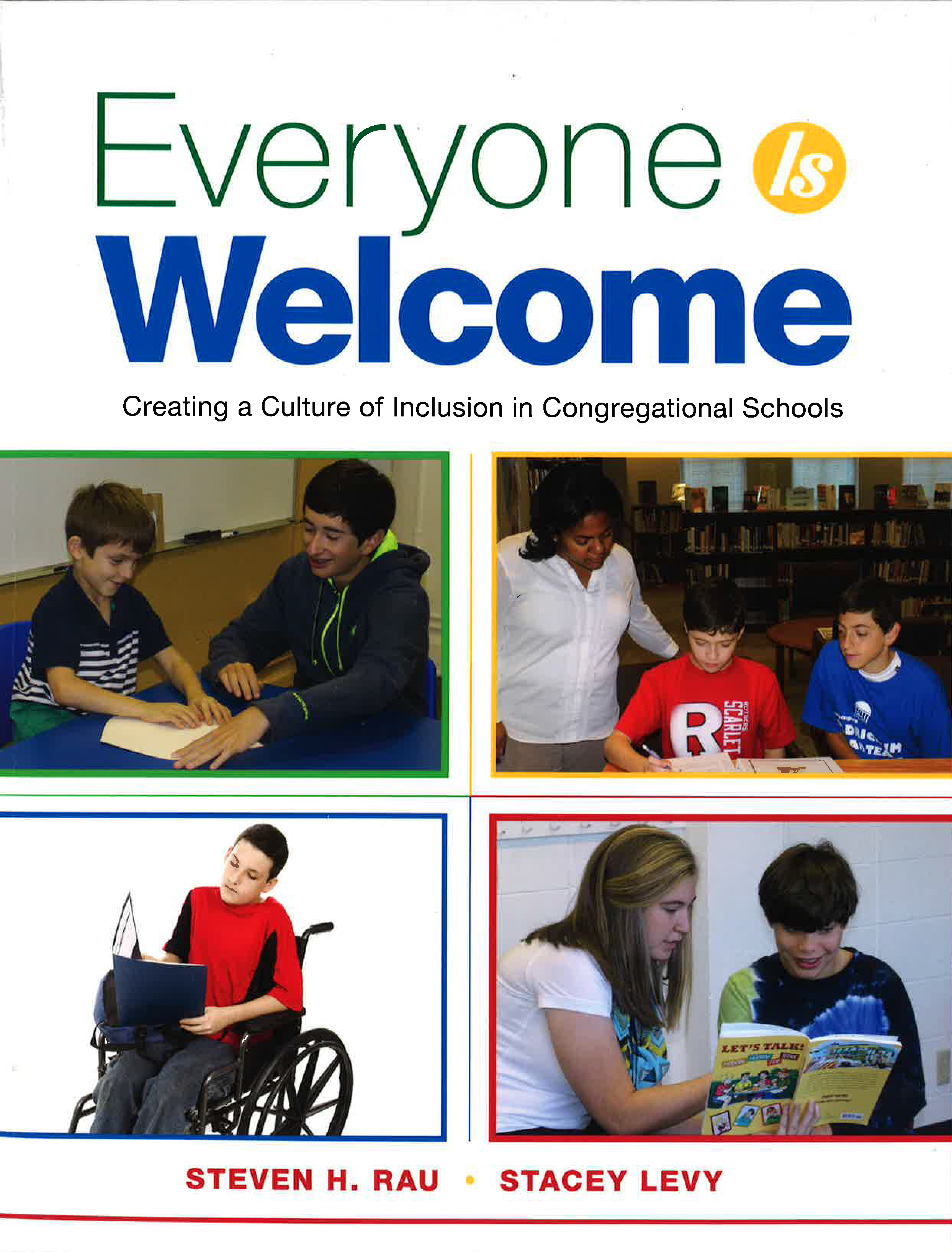 |
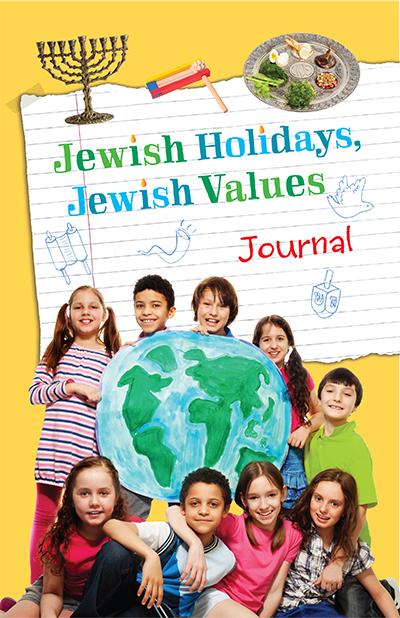 |
To read the eJewish Philanthropy story, click here.
We are always seeking images that depict Judaism in all its diversity. If you have some to share (and—importantly!—permission to share them) please let us know. Help us let all children and their families see themselves in Judaism.

